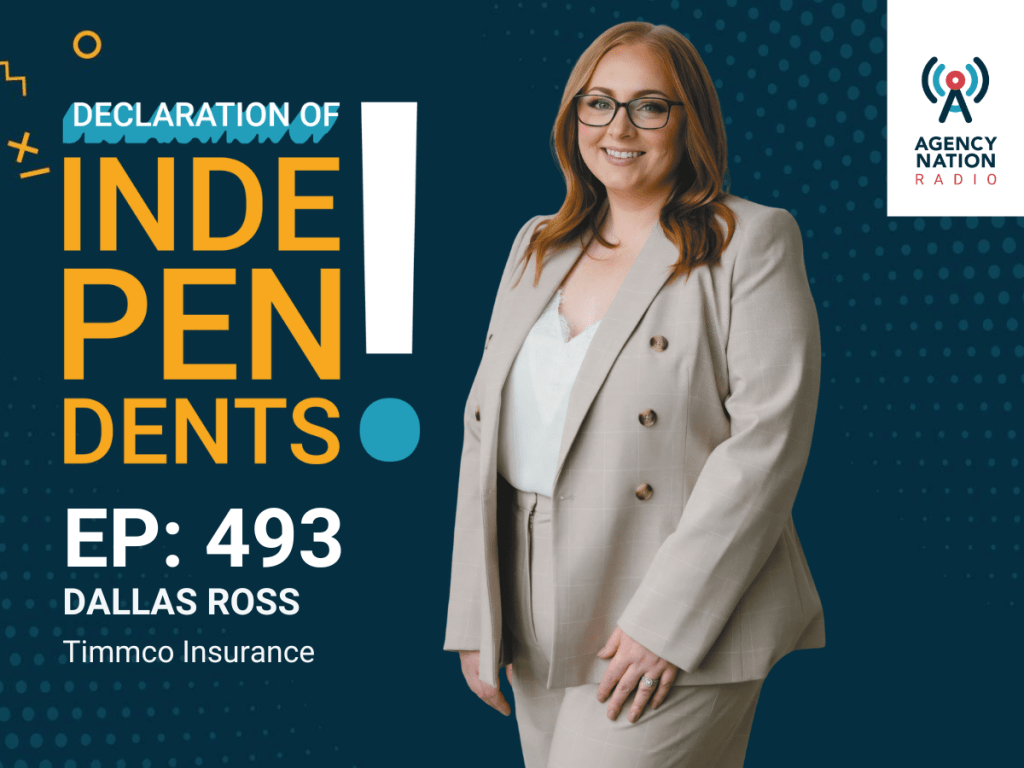Point/Counterpoint: The Perpetuation Gap
By: Deborah Pickford, Tim Cunningham & Dan Menzer
Is the independent insurance system prepared to fill the perpetuation gap?
YES.
The insurance industry is acutely aware of the talent gap that looms before us. To close that gap, we are working to make sure that interested young people who have chosen insurance as a career will fill the estimated 200,000 insurance jobs that will soon open.
In the not-so-distant past, many of us just “fell into insurance.” Today, the path to an insurance career is becoming far more purposeful. A new insurance careers movement led by companies, agents and nonprofits is now reaching out to spark interest among young people.
At InVEST®, we see grassroots efforts taking place in schools nationwide to engage young people about rewarding careers in the insurance industry. These efforts are paying off. Just ask Danielle Vinciguerra, Trevor Caldwell or Lindsay Shank—all InVEST students who went on to work for insurance and financial services organizations.
A recent InVEST scholarship applicant wrote: “What I came to learn was that insurance not only provides protection for one’s assets and well-being, it also offers a vehicle for savings, peace of mind for families and a wide range of career paths for students like me. InVEST taught me there is infinite knowledge for me to learn regarding the world of risk management.”
InVEST has seen rapid growth of high schools and agent volunteers asking to start new InVEST programs or teach students more about insurance concepts. In 2015, we saw an 18% increase in high schools participating in the InVEST program—750 schools registered in 2015 compared to just 636 the prior year. InVEST also maintains generous support from insurance companies and agencies, career professionals, state associations and many others that understand if we don’t close the insurance talent gap today, we might not be in business tomorrow.
—Deborah Pickford, executive director of InVEST
NO.
Far too many independent agencies have not adequately prepared for any kind of internal ownership succession, by choice or otherwise. The result: Agencies that could have potentially remained independent are forced to sell to third parties in order to capitalize their value.
Unlike a sale event, which an agency can generally accomplish within a 12-month period, agency perpetuation is a long-term process that requires years of time and investment to make sure the right people, valuation and transaction structure are in place. Without qualified individuals to take over as leadership, management, sales rainmakers and culture-keepers for the firm, a successful transition is all but impossible.
The keys to a successful perpetuation strategy include:
1) Investing in production talent 10-20 years younger than the agency owners in hopes that one or more will rise to the future owner potential. This can take years to fully assess and is the greatest obstacle to a successful plan.
2) Agency owners accepting they will never achieve the same level of financial rewards from an internal sale as they will a third-party transaction. In a time of purchase multiples that are practically unheard of, this can be a tough pill to swallow. Realistic expectations of value and thorough cash flow projections are critical in establishing a plan that works for both buyers and sellers.
3) A “rainy day fund” of profits retained in the business. Instead of bonusing or distributing these out to owners to provide a financial cushion in the event results don’t pan out exactly as projected, internal buyers need these funds. Otherwise, events completely outside the new owner’s control can destroy best-laid plans.
Without addressing each of these components, the dream of passing ownership and entrepreneurial opportunities on to long-term employees becomes much more difficult.
—Tim Cunningham & Dan Menzer, partners at OPTIS Partners










